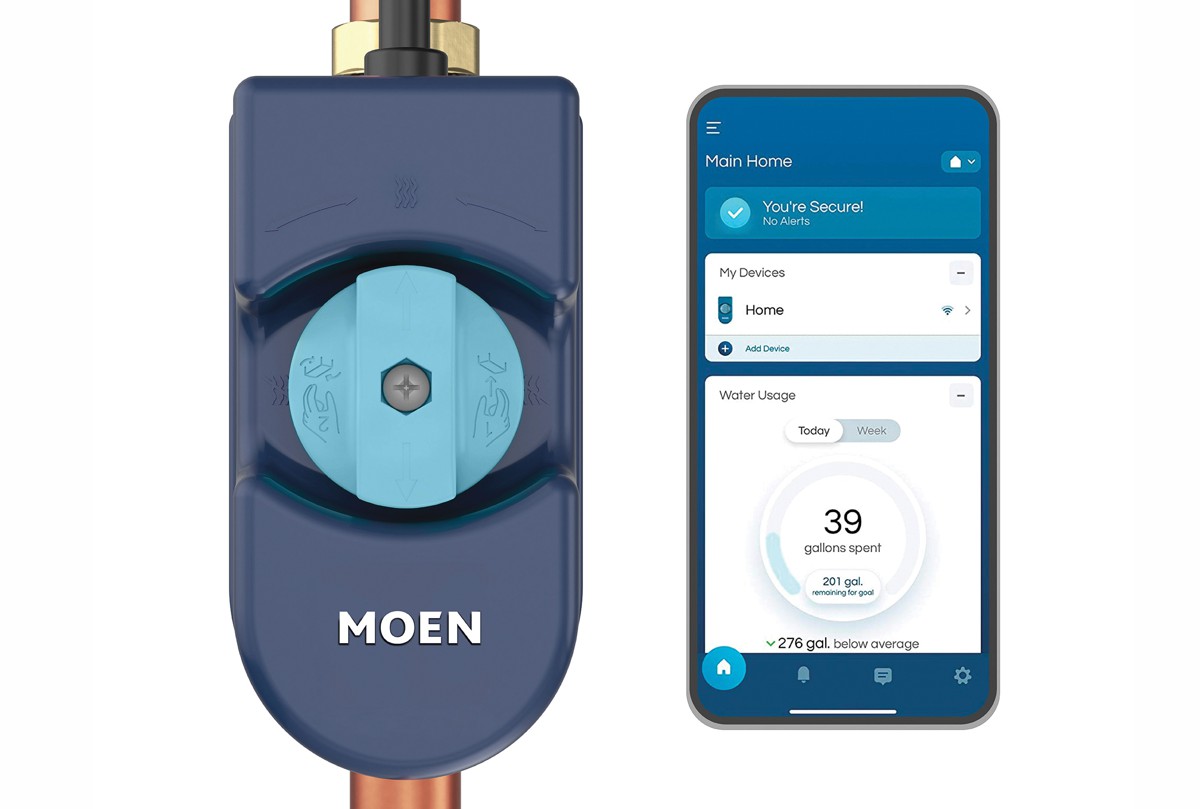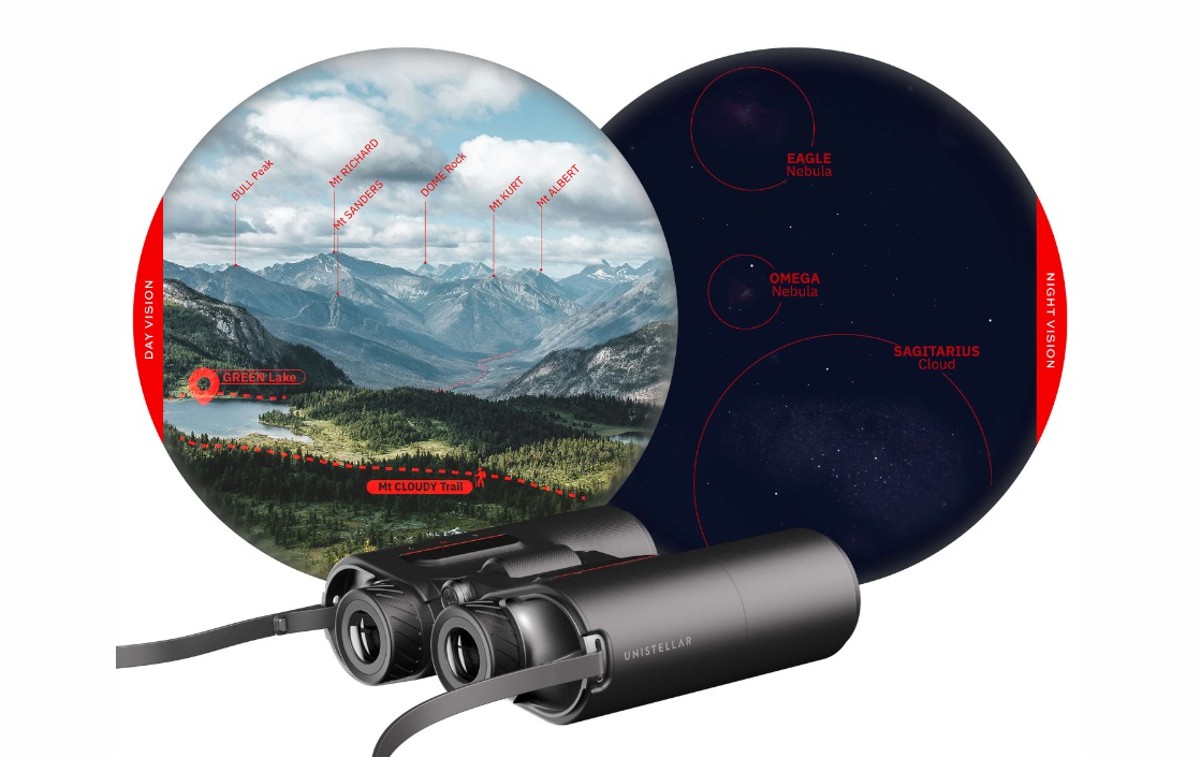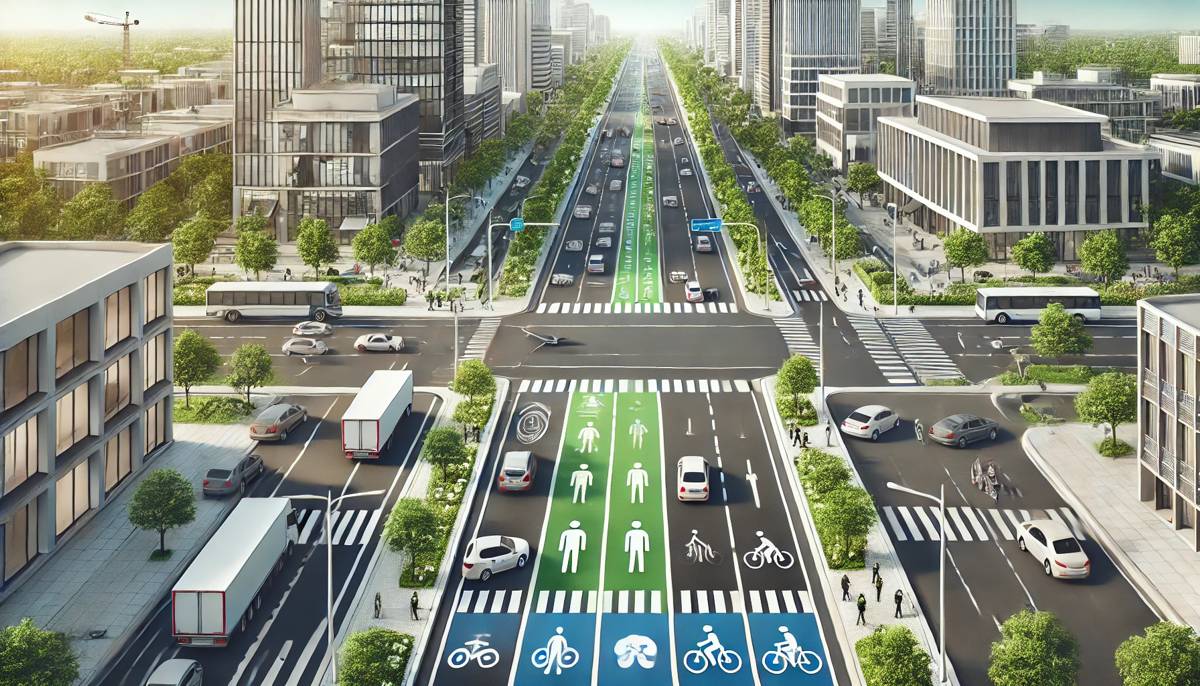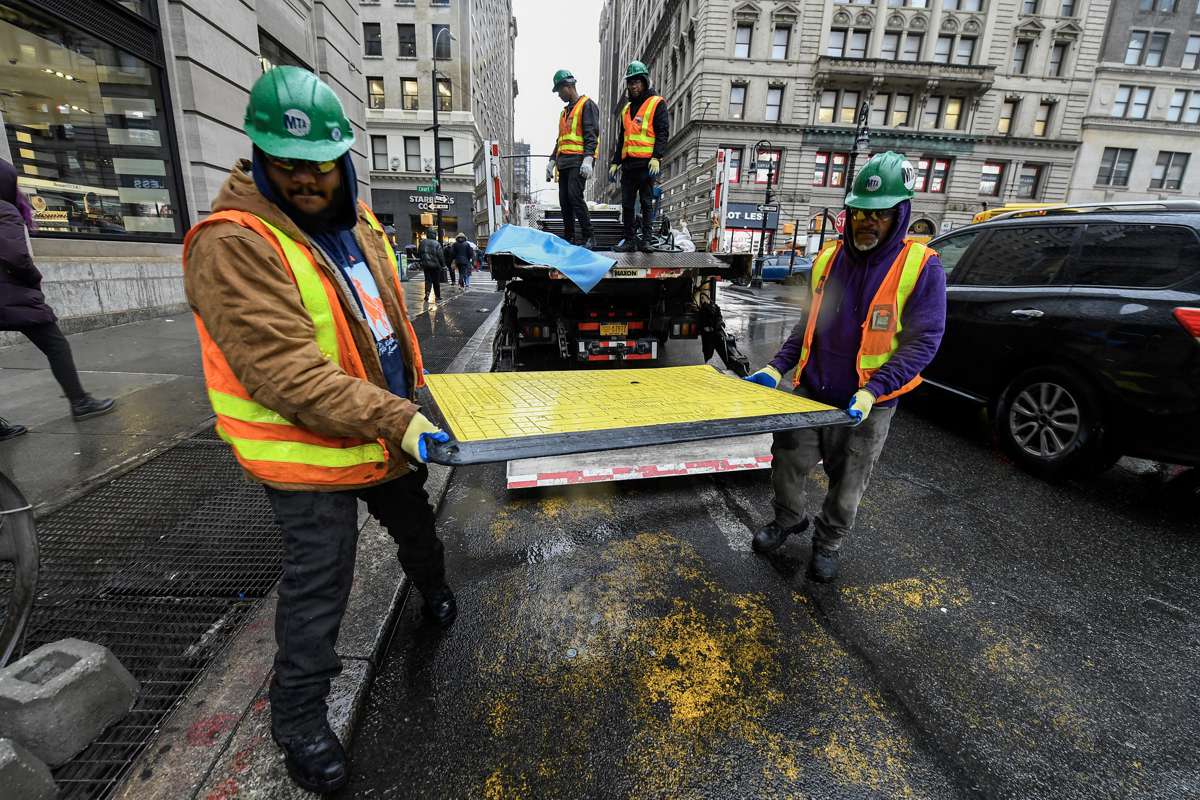Maximise driver confidence through intelligent road markings
Highways England are adding more than 240 miles of extra capacity to the strategic road network by expanding the use of smart motorways and intelligent road markings. Smart motorways use active traffic management (ATM) techniques to increase capacity by use of variable speed limits and hard shoulder running at busy times. As a result, smart motorways need to have new Emergency Refuge Areas (ERA) every 1.6 miles (2.5km) for drivers who would otherwise have needed to use the hard shoulder in an emergency.
The challenge is that despite the congestion relief promised by smart motorways, we’ve seen much made in the press about the public lacking confidence when it comes to how to drive on a smart motorway.
Research from Transport Focus, the transport user watchdog, identified ERAs as the least recognised and least understood element of a smart motorway. Results of a survey of over 2,000 drivers released by the RAC earlier this year showed that 52% of those surveyed did not know what an ERA was. Network managers meanwhile are concerned about the misuse of ERAs with Highways England recording “a high level of ERA misuse” on the M25.
Currently ERAs are marked with blue signs featuring an orange SOS telephone symbol. But, given the above-mentioned issues, further efforts are underway to highlight ERAs and encourage their appropriate use.
So, what can be done to encourage appropriate use of ERAs?
The Transport Research Laboratory (TRL) studied the effect on driver behaviour of four ERA design modifications to understand how appropriate ERA use could be encouraged. The modifications were a low-lit ERA on an unlit motorway at night, an unlit ERA on a fully-lit motorway at night, a reduced ERA length format during day time conditions and a revised markings ERA design during day time conditions. TRL used a driving simulation to test the four conditions.
They found the unlit ERA was the hardest to locate and the revised markings design, featuring a hatched area encouraged the best parking position. TRL concluded that the safest ERA design would be lit and of the revised design. Unlit ERAs were not recommended as there is a risk drivers will not see them in time to stop safely when driving at night.
Since this research, the ERAs on a stretch of the M3 in Surrey have been modified with an orange surface. It is hoped the bright orange colour will make the ERAs easier to locate in an emergency while dissuading drivers from using them in a non-emergency situation. The same surface is also being trialled on the M25 along with additional low-level lighting solutions.
Clearview Intelligence’s SolarLite Active Road Studs provide this low-level lighting currently being trialled on the M25. Active Road Studs are a highly visible, fully solar-powered solution. They are simple to install and light up the road directly in the driver’s natural line of sight. The studs come in a full range of colour options meaning that green studs can be used to guide drivers into the ERA, red to prevent drivers crossing into any potential works access area and white to highlight the remaining area.
SolarLite studs are a tried and tested solution, already deployed across the strategic road network with installations on the M6, M40 and M42. Here the studs are used to improve driver safety through enhanced delineation, so highlighting any changes in the road ahead and helping to keep drivers in-lane.
Continual improvement will lead to the best ERA solution
It is through their openness to feedback from the public and independent research, that Highways England will deliver the best solution to users. Understanding the issues around ERAs and addressing these directly as with the orange road surface and use of our Active Road Studs will help drivers feel more confident about using ERAs on smart motorways. This will lead to the desired capacity benefits, without compromising road safety or public perception.















